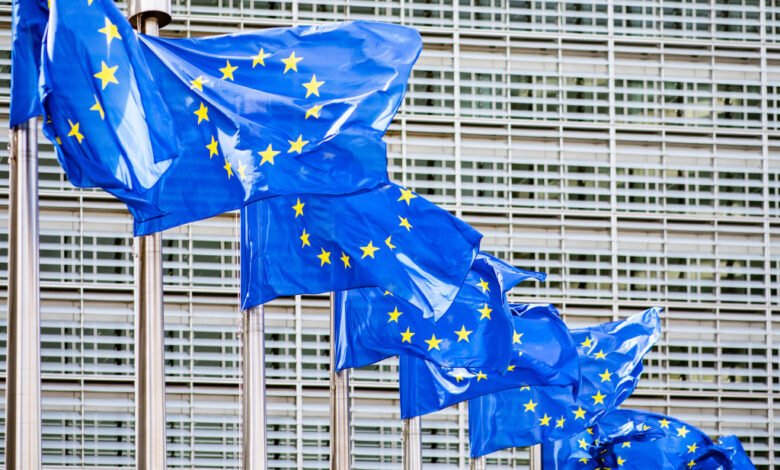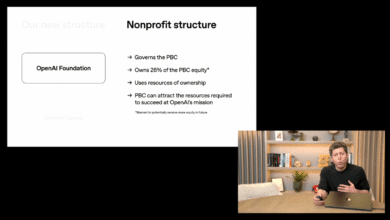EU AI Act Explained: Boosting Fair AI Innovation

▼ Summary
– The EU AI Act is the world’s first comprehensive AI law, applying to both local and foreign companies operating in the EU, including AI providers and deployers.
– The Act aims to create a uniform legal framework for AI across EU countries, ensuring free movement of AI-based goods and services while balancing innovation with harm prevention.
– It adopts a risk-based approach, banning “unacceptable risk” uses, tightly regulating “high-risk” scenarios, and applying lighter rules to “limited risk” cases.
– The Act’s rollout began in August 2024 with staggered deadlines, with full implementation expected by mid-2026, and includes strict penalties for non-compliance, up to 7% of global turnover.
– Some tech companies, like Meta, oppose the Act, citing concerns over legal uncertainties and stifled innovation, while others, like Google, have signed voluntary compliance measures despite reservations.
The EU AI Act represents a landmark regulatory framework shaping the future of artificial intelligence across Europe and beyond. Designed as the world’s first comprehensive AI law, it establishes clear guidelines for businesses operating within the EU, whether homegrown or international, affecting everyone from AI developers to end-users. By standardizing rules across 27 member states, the legislation aims to foster innovation while prioritizing safety, ethics, and fundamental rights.
Why was the EU AI Act introduced? The rapid advancement of AI technologies necessitated a unified approach to prevent fragmented national regulations. The Act ensures seamless cross-border operations for AI-driven products and services while setting guardrails against potential harms. Rather than stifling progress, the framework seeks to build public trust, a critical factor for widespread adoption, by addressing risks without sacrificing competitiveness.
Central to the legislation is its risk-based structure, which categorizes AI applications into three tiers:
- Unacceptable risk: Banned outright, including manipulative social scoring and real-time biometric surveillance in public spaces.
- High risk: Subject to strict oversight, such as AI used in healthcare, education, or employment screening.
- Limited risk: Minimal transparency requirements, like chatbots disclosing their artificial nature.
Implementation follows a phased timeline, with full enforcement expected by mid-2026. Key milestones include the February 2025 ban on prohibited practices and the August 2025 inclusion of general-purpose AI (GPAI) models deemed systemically risky. Major tech firms like Google and OpenAI face a 2027 deadline for compliance, while newcomers must adhere immediately.
Non-compliance carries hefty penalties, scaling with violation severity. Forbidden AI uses could trigger fines up to €35 million or 7% of global revenue, whichever is higher. GPAI providers risk penalties of €15 million or 3% of turnover, ensuring accountability even for industry giants.
Reactions from the tech sector remain mixed. While companies like Microsoft and IBM endorsed a voluntary code of conduct, Meta refused, criticizing the rules as overly restrictive. European startups, including France’s Mistral AI, have urged delays, arguing the timeline hampers innovation. Despite pushback, the EU maintains its stance, emphasizing balanced progress.
The Act’s long-term impact hinges on execution. By navigating the tension between innovation and regulation, Europe aims to set a global benchmark, one that could influence AI policies worldwide. As deadlines approach, businesses must adapt swiftly or face consequences, making this a pivotal moment for the industry’s evolution.
Note: This article reflects the regulatory landscape as of August 2025; updates will follow significant developments.
(Source: TechCrunch)




